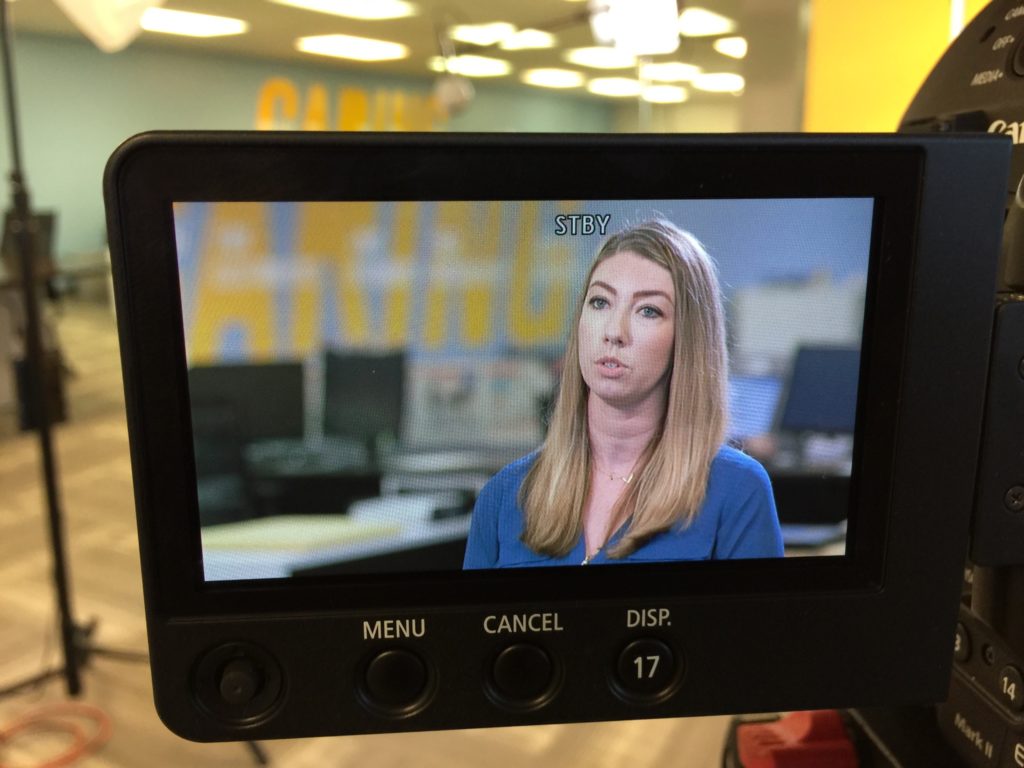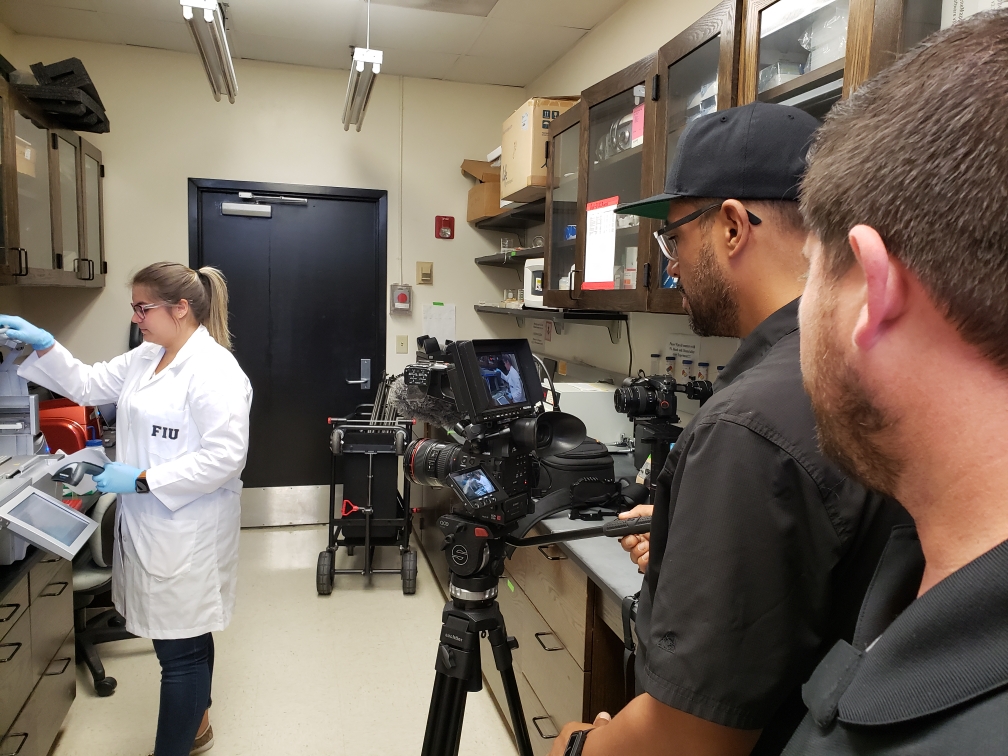Different Types of Camera Shots by Size
Different types of camera shots can be used to produce a film that strikes emotion and captivates the audience. Follow along to learn how each shot size can be used to add technique and variety to your film project while emphasizing ideas or individual elements of each scene. From long, medium and close up shots that shot your subject in a variety of ways, all of the different types of camera shots listed below can be used to evoke powerful emotions from your viewers. Let’s take a look at how it works.

Close Up
The close-up shot is one of the most commonly used shot sizes in cinema that includes a highlight of the facial features of the character showing the entire face from forehead to chin within the frame. Used to show the subject’s emotion during important moments in the film, the close-up shot fills the frame with the subject up-close and personal.
Extreme Close Up
Even closer than the close-up shot, the extreme close-up shot (ECU) is often used to show just the eyes, the mouth, or just the gun trigger to immediately influence strong emotion in the film. The tiniest objects have huge detail when they are the focal point of an extreme close up shot. Extreme close ups have also been used in the past to show the deep glare of each character’s eyes as they face each other in a duel.
Medium Close Up
Not as close as the close-up but not as far away as a medium, the medium close-up shot frames the subject from the chest up. The medium close-up generally favors the subject’s face but keeps enough distance to prevent the viewer from seeing all the details. A medium close-up leaves a sense of drama about the subject and is often used in movies depicting face-to-face conversations between two characters.

Cowboy Shot or American Shot
The Cowboy Shot is a variation of the Medium Shot in which the subject is famed within the camera from mid-thigh up. This shot was popularized by Western films from the 1930s and 1940s which would focus on including the Cowboys’ gun holsters within the shot.
Medium Shot
Framing the subject from the waist-up and placing an emphasis on the subject while including visibility of the surroundings, the medium shot is one of the most widely used and versatile camera shots used in just about any style or type of production. Not only is a medium shot common, we see it often used as the buffer between shots of greater importance as well as to include enough of the subject in the frame to tell the story without wasting space on showing the subjects feet or areas of the scene that are simply unnecessary or useless in terms of adding emotion to the scene.
Medium Long Shot or Medium Wide Shot
The medium long shot also referred to as the medium wide shot places the subject in a frame from the knees up. Essentially, the medium long shot is in-between option. Not quite a full shot and not quite a medium shot, it’s medium long.

Full Shot
The full shot is often referred to as the tracking shot and is used to allow the full subject to show within the frame while including the scenery and background within as well. Full shots are commonly used when there are several characters on the set to be featured at the same time.
Long Shot or Wide Shot
A long shot is used to reference a frame in which the entire subject is in view along with the background and foreground scenery but the subject does not fill the shot. There is plenty of space above, below, and all around the subject in a long shot or a wide shot. The idea of the long shot is to show your subject as a single element in the grand scheme of things. Check out our article where we go more in-depth about long shots and wide shots.
Extreme Wide Shot
An extreme wide shot or extreme long shot shows the character against a backdrop that almost makes the subject appear a distant afterthought. Essentially, the character is seemingly small or unfamiliar in the grand scheme of things. Extreme wide shots are used to depict the emotion of a character feeling overwhelmed by their surroundings or to give the sense that the character is isolated or alone in an otherwise big world.
Need help putting the different types of camera shots by size into your shot list for later production? Give Beverly Boy Productions a call to discuss how each of these different types of camera shots can be used to produce powerful emotions and unique character understanding for your production. We can’t wait to work with you on your next film project!
